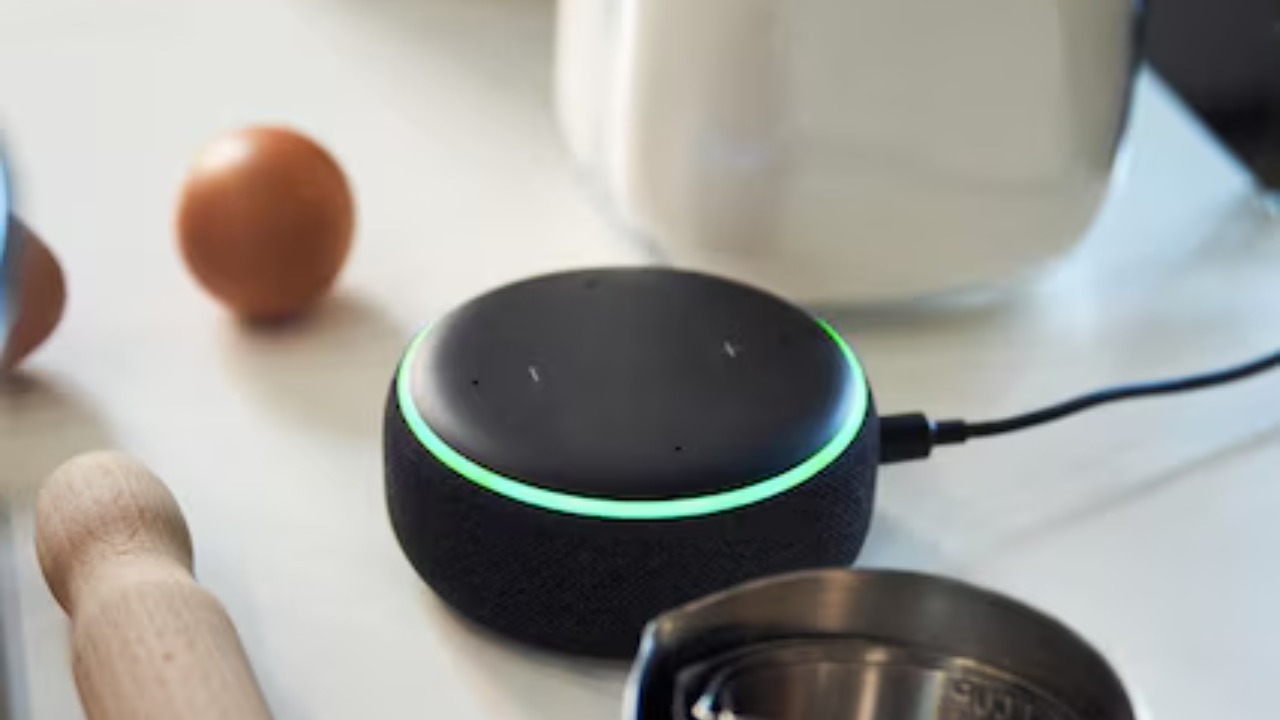
Smart home gadgets promise to make life more convenient, but not all of them are worth the investment. Some devices, while innovative, end up costing more than they save. Here’s a look at seven smart home gadgets that might be draining your wallet instead of making your life easier.
Smart Refrigerators
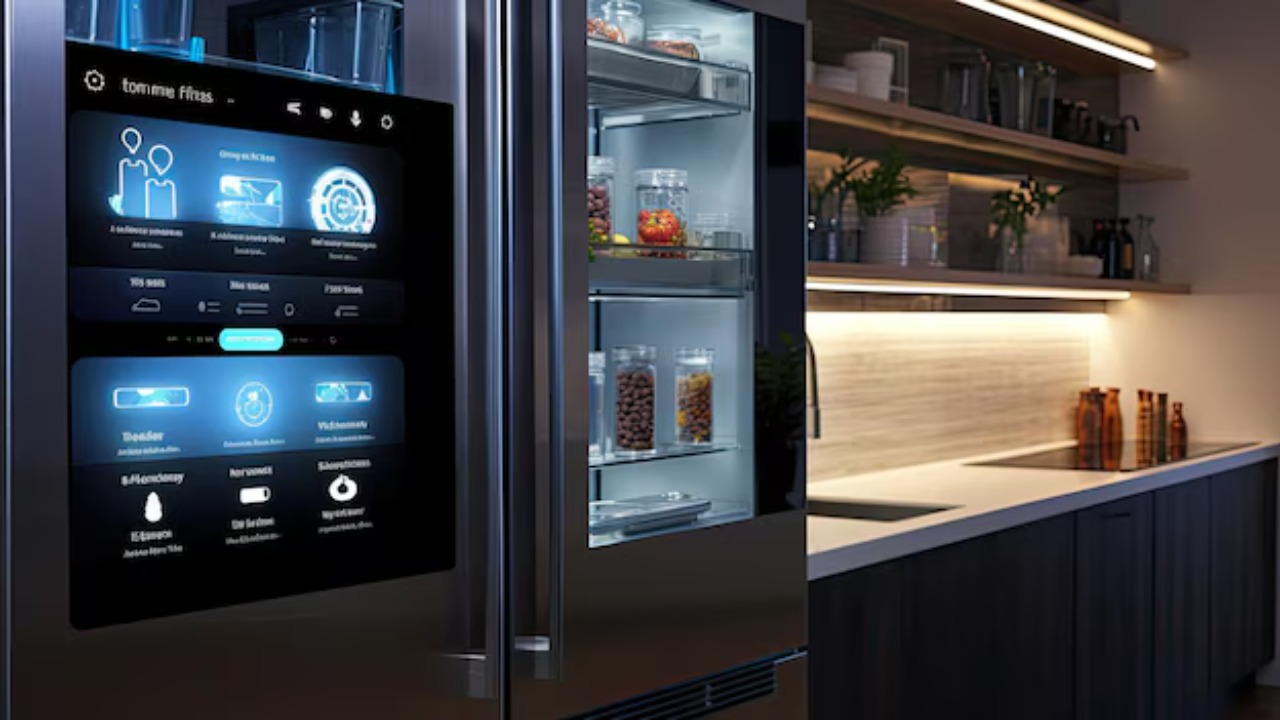
Smart refrigerators offer touchscreen interfaces and internet connectivity, but their hefty price tags don’t always justify the features. Many users find that the novelty of checking fridge contents remotely wears off quickly. Additionally, the cost of potential repairs on these complex systems can be significant. For most households, a traditional refrigerator paired with a shopping list app on a smartphone might be a more economical choice. Learn more about smart devices to avoid.
Intelligent Toilets
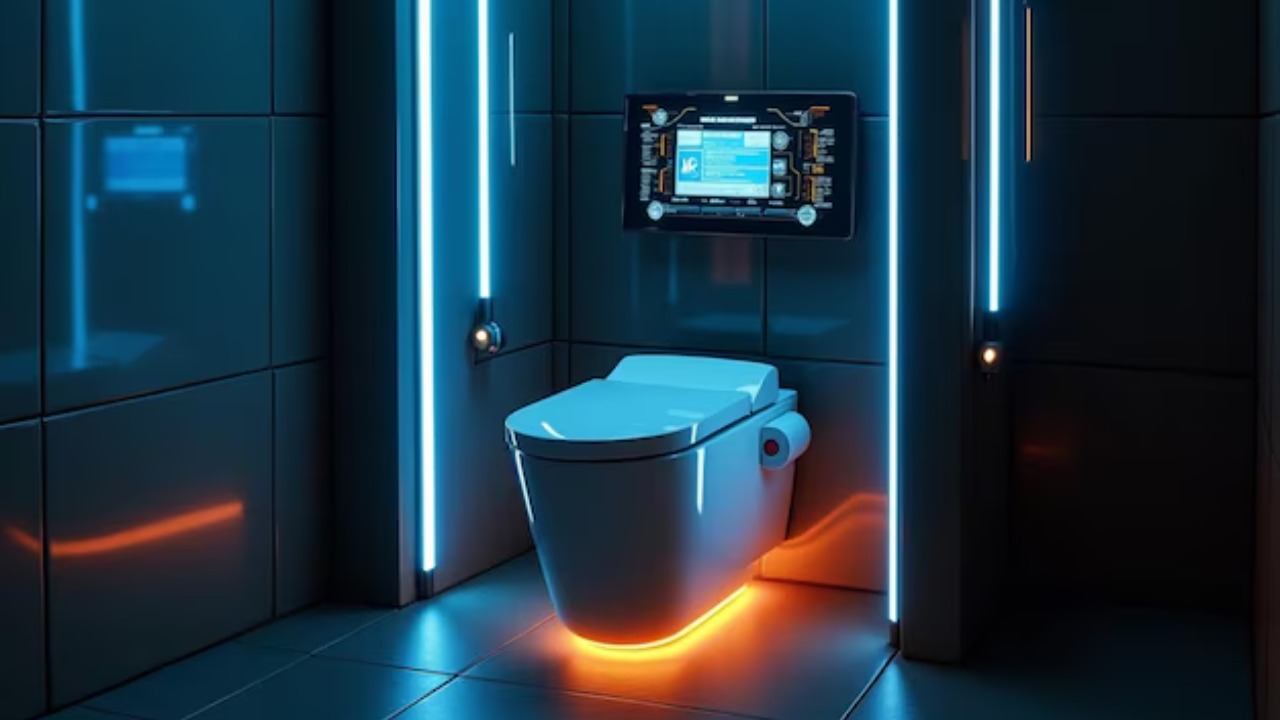
Intelligent toilets come with features like heated seats, automatic lids, and even built-in bidets. While luxurious, they often come with a price tag that rivals more essential home upgrades. Furthermore, the specialized maintenance and potential repair costs can add up. For many, the extra comfort doesn’t outweigh the initial and ongoing expenses. If you’re curious about other questionable smart devices, there are plenty of discussions online.
High-Tech Coffee Makers
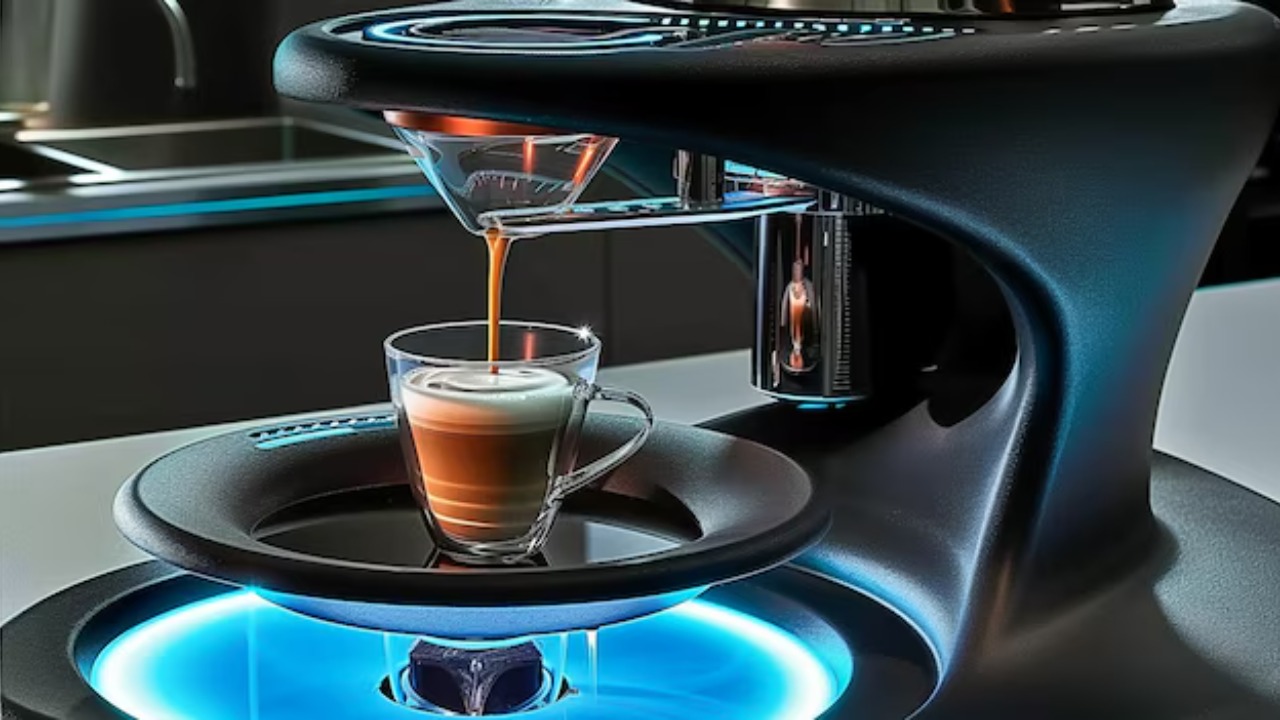
High-tech coffee makers promise the perfect brew with app-controlled precision, but the reality is that they mostly serve as an expensive way to make a cup of coffee. Traditional coffee makers or even manual methods like French presses can deliver the same quality at a fraction of the cost. Plus, these smart devices often require costly proprietary pods or accessories, adding to their overall expense. For affordable alternatives, check out budget-friendly smart gadgets.
Automated Pet Feeders
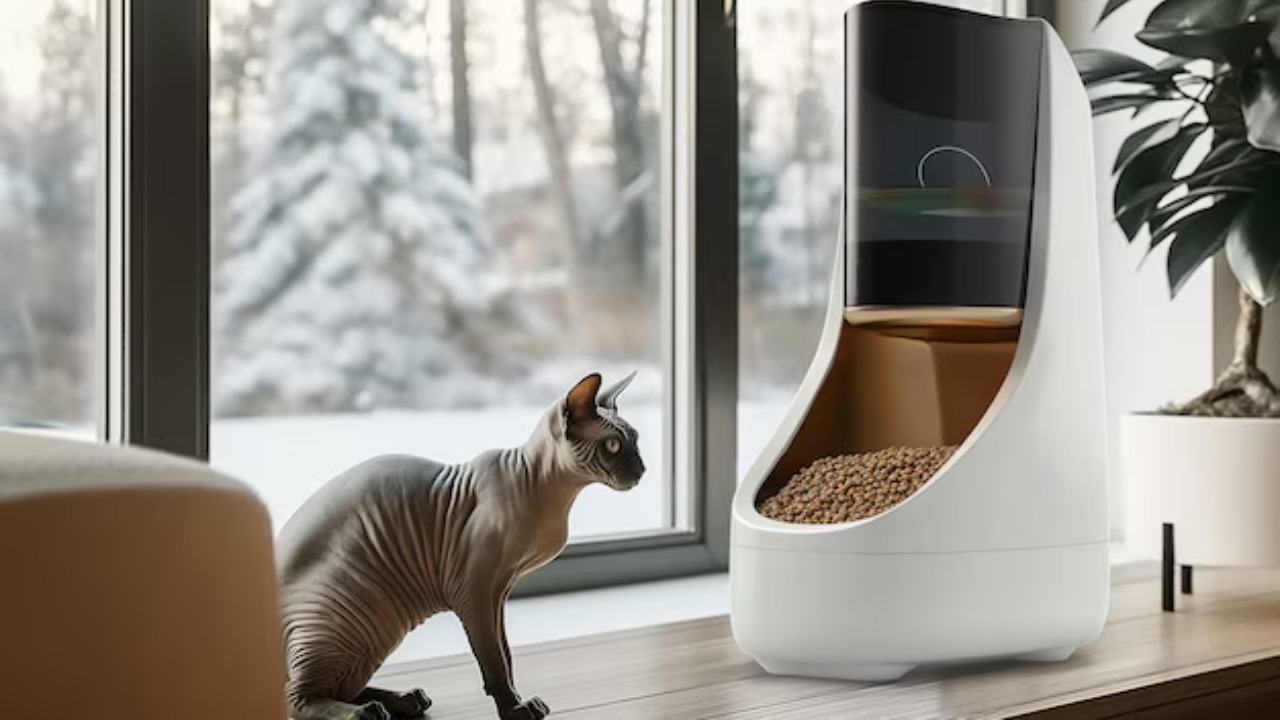
Automated pet feeders seem like a great way to ensure Fido or Whiskers never misses a meal, but they can be a costly solution with limited benefits. These devices often encounter technical glitches, such as jammed feeders, which can leave pets hungry and owners frustrated. Moreover, they can lack the personal interaction that feeding time provides. Many pet owners find that a simple, manual feeding schedule works just as well without the technological hiccups.
Smart Faucets
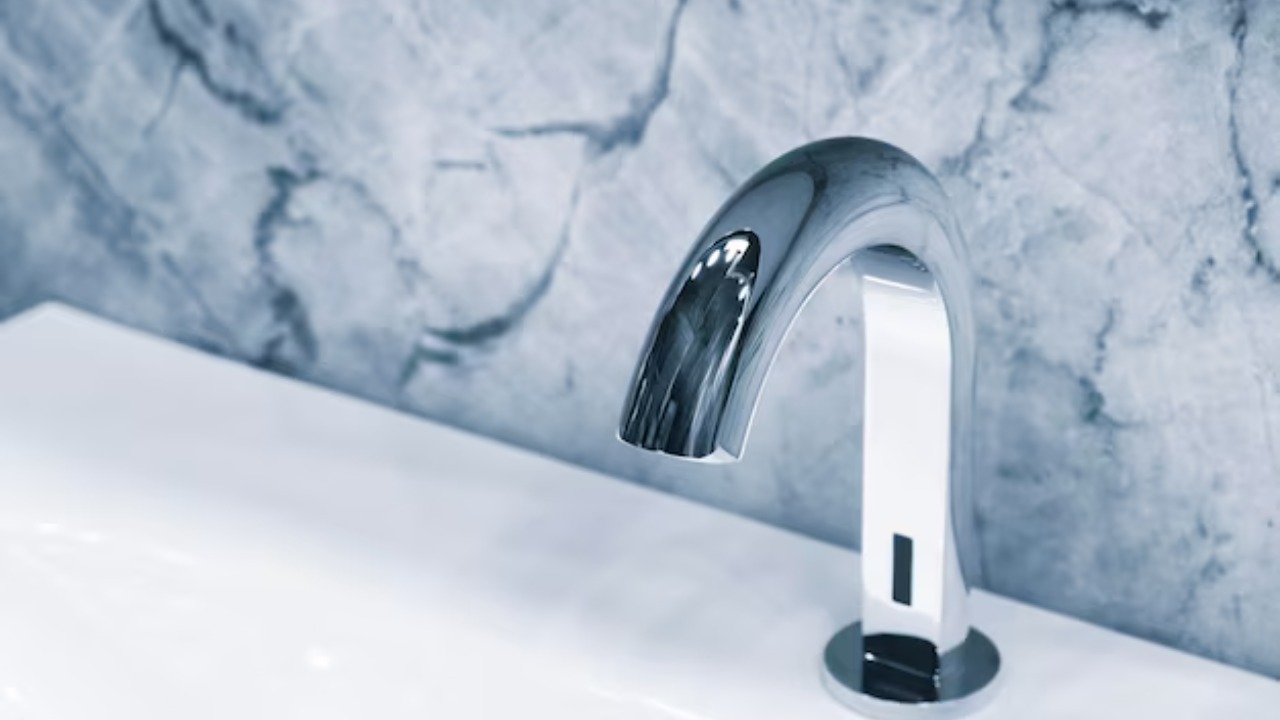
Smart faucets offer touchless activation and water-saving features but are often more expensive than traditional options. While they might save some water, the initial investment and installation costs can outweigh these savings, especially if you face any technical issues down the line. Traditional faucets with simple aerators can provide similar water-saving benefits at a much lower cost. Explore other smart home devices that might be worth waiting on.
Wi-Fi Enabled Toasters
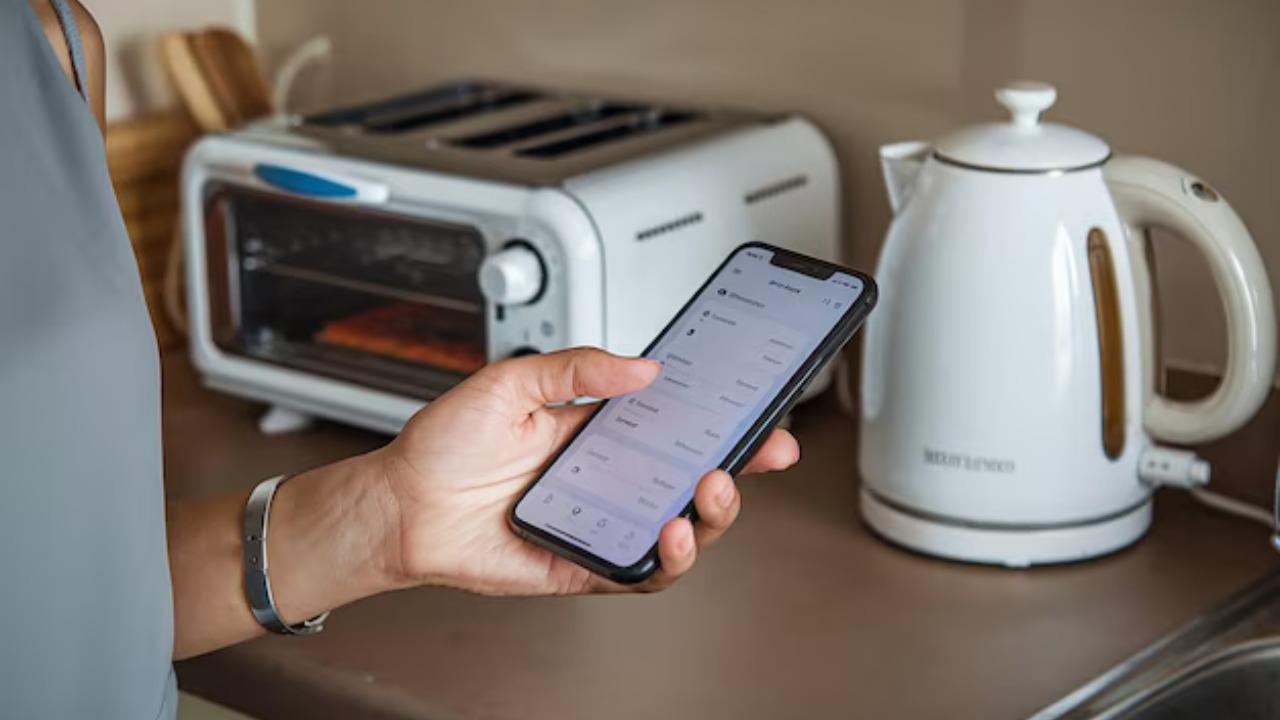
Wi-Fi enabled toasters allow you to control your toast settings remotely, but they might just be an over-engineered solution to a simple task. The added complexity of connecting your toaster to a network doesn’t necessarily improve the function and can lead to connectivity issues. Traditional toasters are perfectly capable of evenly browning your bread without the added expense and technical hassle of a smart version.
Robotic Lawn Mowers
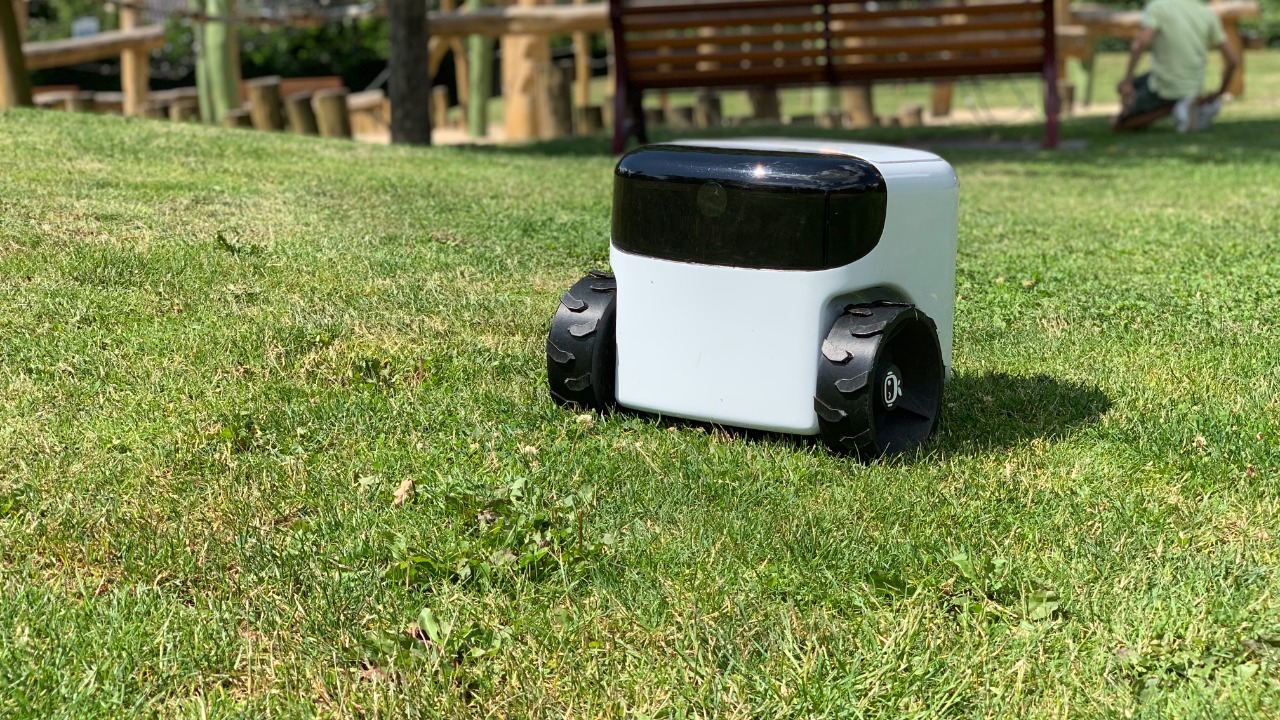
Robotic lawn mowers promise to keep your lawn pristine with minimal effort, but they come with a hefty price tag and potential maintenance issues. The initial cost is often comparable to several seasons of professional lawn care services, and they may struggle with complex lawn layouts. For many homeowners, the occasional push of a traditional mower is a cost-effective way to maintain their lawn’s appearance.